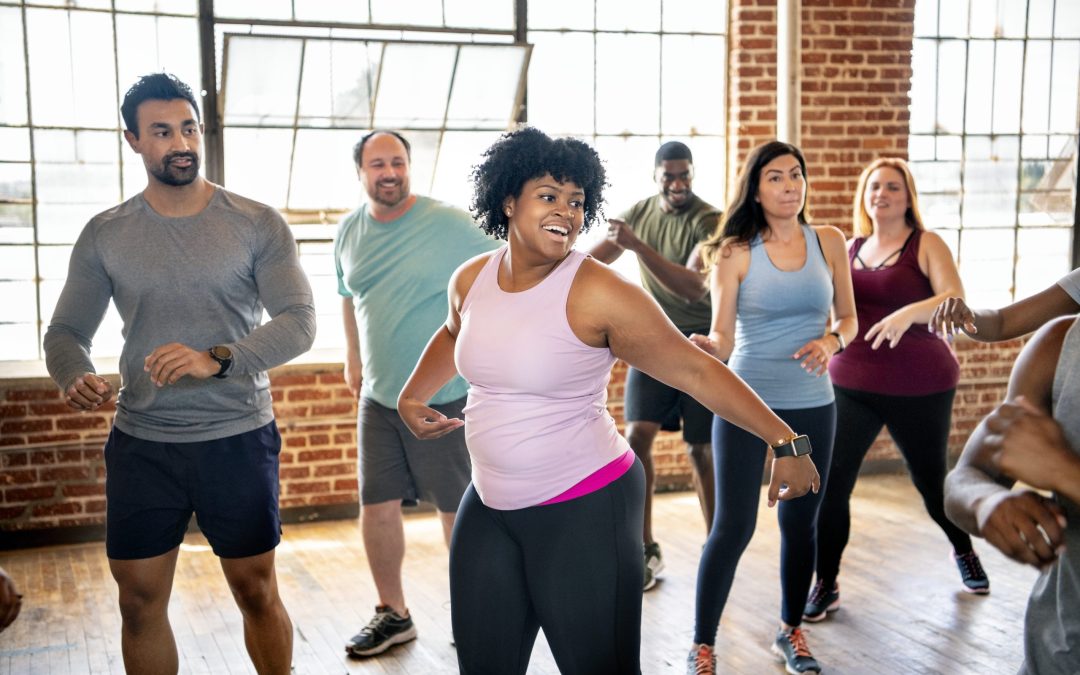As we age, staying strong isn’t just about looking good — it’s about living well. For adults over 40, strength training is one of the most powerful, evidence-based ways to preserve independence, prevent illness, and reduce medical costs. And when paired with a proactive medical cost sharing membership, it can be the cornerstone of a longer, healthier life.
What is Strength Training?
Strength training (also known as resistance training) involves exercises that require your muscles to contract against external resistance. This can include:
- Bodyweight exercises (e.g., pushups, squats)
- Resistance bands
- Dumbbells and kettlebells
- Weight machines
- Functional movements (e.g., lunges, step-ups
Whether you’re 40, 60, or 80+, it’s never too late to start — and science proves it.
Why Strength Training Is Critical as You Age?
Slows Muscle Loss (Sarcopenia) as well as Bone Density Decline
After age 30, muscle mass declines 3–5% per decade — faster after 60. Strength training slows or reverses sarcopenia, preserving mobility and strength. Bone loss increases with age, causing older adults and post-menopausal women to risk fractures. Bones are strengthened through weight-bearing movements.
Prevents Falls & Fractures
Stronger muscles and bones mean better balance and fewer injuries. Regular strength training reduces the risk of falls — a leading cause of hospitalizations among older adults.
Improves Metabolism & Heart Health
Muscle acts as a glucose sink, enhancing insulin sensitivity and lowering blood sugar. Studies show that strength training can reduce blood pressure by up to 7 mmHg.
Supports Brain Function
Weightlifting improves blood flow to the brain and strengthens neuromuscular communication, which helps preserve memory and cognitive function.
Boosts Mood & Mental Health
Lifting weights increases endorphins, reducing anxiety and depression by as much as 30%.
How to Get Started Safely
If you’re new to resistance training, you may want to seek out a certified personal trainer to help you get started on a training program. Keep it simple and safe:
Start Light, Focus on Form
Begin with bodyweight or light resistance bands. Learn the correct form before increasing intensity.
Use Functional Movements
Mimic real-life tasks:
- Squats for getting up from chairs
- Rows for posture
- Lunges for stair climbing
Add Balance Training
Exercises like tai chi, yoga, or one-legged stands help prevent falls.
Allow Recovery Time
Train major muscle groups 2–3 times per week, with at least 48 hours between sessions.
Eat Enough Protein
Aim for 1.2g of protein per kg of body weight to support muscle repair and growth.
Why This Matters to MPB Health Members
MPB Health believes in proactive, preventive care — not waiting for problems to arise. Here’s how strength training aligns perfectly with our mission:
- Fewer Medical Costs: Avoid costly ER visits from falls or chronic disease complications.
- Healthshare-Compatible: Supports our holistic approach to non-emergency wellness.
- Whole-Person Health: Physical strength = cognitive clarity, emotional balance, and independence.
You don’t need to be a gym rat — just consistent. Even 20 minutes twice a week can make a difference.
Sources:
-
American College of Sports Medicine. (n.d.). Resistance training for health and fitness. Retrieved from https://www.acsm.org
-
Diabetes Care. (2017). Resistance training and the management of type 2 diabetes. Diabetes Care, 40(9), 1281–1290. https://doi.org/10.2337/dci17-0043
-
Fitness Together. (n.d.). How strength training supports aging adults. Retrieved from https://fitnesstogether.com
-
Journal of Bone and Mineral Research. (2008). Effects of resistance training on bone health in older adults. Journal of Bone and Mineral Research, 23(12), 1939–1944. https://doi.org/10.1359/jbmr.080802
-
Mayo Clinic Press. (n.d.). The benefits of strength training for older adults. Retrieved from https://mcpress.mayoclinic.org
-
National Institute on Aging. (n.d.). Exercise and physical activity: Your everyday guide from the National Institute on Aging. U.S. Department of Health & Human Services. https://www.nia.nih.gov/health/exercise-physical-activity
-
The Lancet Psychiatry. (2019). Association between muscular strength and mental health outcomes in older adults: A systematic review. The Lancet Psychiatry, 6(5), 420–430. https://doi.org/10.1016/S2215-0366(19)30045-8
Disclaimer:
The content provided in this article is for informational and educational purposes only and is not intended as medical advice, diagnosis, or treatment. Always consult a qualified healthcare professional before making any changes to your health regimen, starting new therapies, or discontinuing existing treatments. Mention of specific practices, therapies, or organizations does not constitute an endorsement. The views expressed are those of the author and may not reflect the policies or positions of any affiliated entities.

